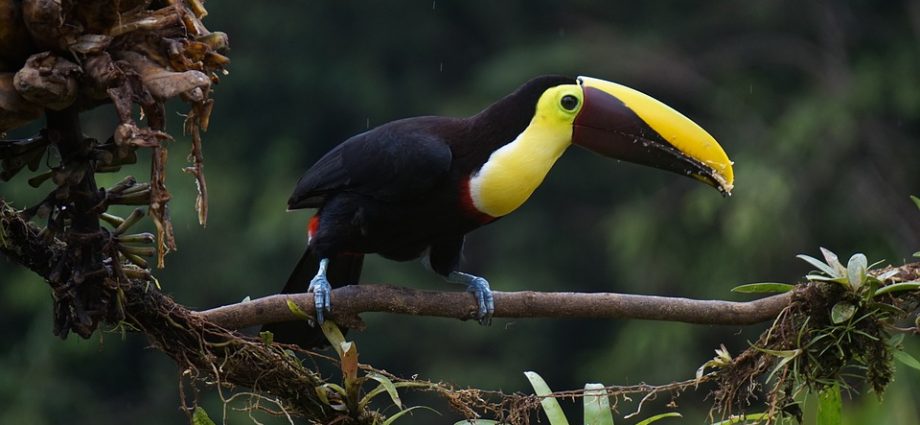When people unite towards a common goal, they do exceptional work. This is exactly what happened 28 years ago. During that time in the Osa Peninsula, Costa Rica, there were rumors of a tract of rainforest being for sale, so a few interested folks went there to see it. Its pristine state, the exotically wild animals and the majestic forest drew them in. After contacting the property’s owner, they raised the necessary funds and purchased the land with the sole aim of conserving the ecosystem.
The founders understood the importance of conservation which includes preserving biodiversity, generating unpolluted water, maintaining a natural habitat for wildlife, ensuring the survival of plants species used for medicine and research, and maintaining a balance in the ecosystem, given that every aspect of the environment is co-dependent.
The Campanario Biological Station is home to numerous species of terrestrial and marine animals, including over a hundred mammal species, some 71 different species of reptiles, 61 freshwater fish species, hundreds of species of birds (many of which are endemic), and dozens of species of amphibians. This is not mentioning the flora – there are over a hundred tree species in the area alone. This rainforest is home to endangered animals like the spider monkey, jaguar, puma, scarlet macaw, and the black-cheeked ant tanager.
The Campanario rainforest had so much to offer, and, as time went by, educational programs were introduced to spread knowledge and the passion for protecting the environment. To date, these programs keep on expanding, accommodating students, researchers, volunteers, and simply enthusiasts from across the globe. Anyone interested and willing to learn more about the environment can participate anytime throughout the year when programs are available.
As a participant, you will be engaged in activity for several days to several months, depending on the type of program in which you enroll. Do keep in mind that exploring the rainforest involves a lot of vigorous activity such as trekking for hours, climbing over roots on steep trails, and dealing with the mud, thus ensure you are physically fit and mentally prepared to take on this remarkable challenge.
Giving back to the community
Campanario Biological Station has invested in the peninsula’s educational system. Not only does Campanario, together with many of their student groups, offer service projects at the local schools, but Campanario currently sponsors three local schools with much-needed materials like notebooks, chalk, maps and books to fill the libraries. In a remote area with little technological penetration, these materials and books serve a critical role in imparting knowledge to the children of Osa Peninsula.
Activities at Campanario
Though environmental education is item number one on the agenda, there is also time for people to explore and enjoy the surroundings for themselves. Just living out in the wild, resting on hammocks, or sitting on a bench can be an exhilarating experience as one gets to fall in love with the tides, the stars, the moon and even the sunrise. Other activities may include:
- Bird watching
- Swimming and snorkeling
- Operating a trapiche to grind sugar cane
- Visiting a bat cave to observe thousands of bats emerging
- Exploring Campanario’s ample collection of reading materials
- Sitting by a bonfire in the evening
Threats facing Campanario’s agenda
But as always, things are not that simple. There are issues that affect the environment at and around the station now and may become more significant as time goes by.
- Increased tourism: environmental conservation works best when there is minimal to no interference from the outside. In recent years, there has been increased access to the area which will eventually lead to human infiltration into the rainforest. However, the Campanario Biological Station is on a mission to inform people that it is possible to live in a world with few amenities for the benefit of nature.
- Population growth: the typical population graph is slanted upwards, and this is the case in the Osa Peninsula. As a result, people are looking for places to settle and raise their families. Some of them turn to clearing the forest to make homes. If this continues, a large part of the rainforest will be affected.
- Habitat loss and fragmentation: the extension of roads and electricity (which nobody removes in the future) allows the population to move in, deforest once forested areas, build structures and pollute the environment. This puts populations of some animals, such as the jaguar, in danger.
As humans, we are morally obliged to preserve the environment for future generations. No other species has such power, and no other species can do so much damage either. That means we are the official guardians of the planet, especially from ourselves. The world needs more people like those who founded Campanario, and those who keep this amazing place running.
